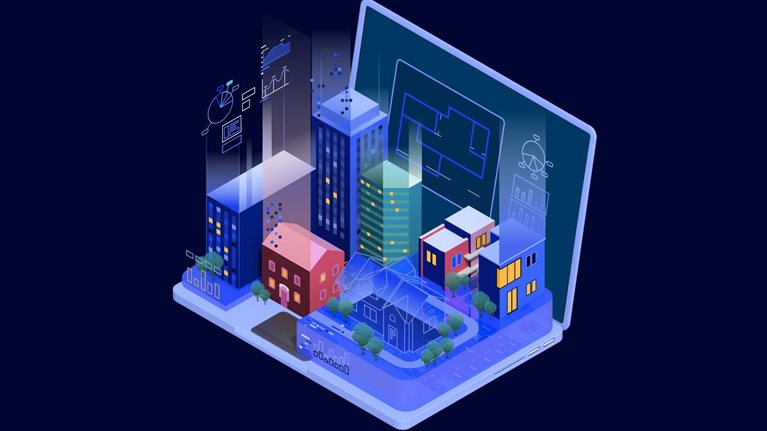It’s been a year and a half since McKinsey published “Empty spaces and hybrid places: The pandemic’s lasting impact on real estate.” The comprehensive report examined the effect the COVID-19 pandemic had on office attendance, occupancy, and demand. It also examined related factors, including residential moves from urban centers to the suburbs (which may mean fewer visits to the office) and online versus in-person shopping (which may affect the vibrancy of a downtown retail scene) (exhibit).

The report concluded, in short, that demand for offices—at least as currently designed and delivered—is likely to be lower by 2030 in many cities. This reality poses a challenge to real estate owners, operators, and the companies that occupy offices: to conceive of a new generation of spaces that best supports future achievements. But the behavioral sea change isn’t just relevant to office stakeholders. Owners and operators of retail and residential real estate can also benefit by considering how patterns of life have changed and how to modernize properties in response.
This interactive presentation brings McKinsey’s modeled data to life in a series of visual representations. It then proposes the four crucial attributes of the offices of the future: They need to be spaces with purpose, for connectivity, that are digitally enhanced, and that are oriented around sustainability. Join McKinsey experts in real estate and organizational performance in this deep dive into what happened, what could be next, and what’s the future of the office.
The future of the office
The era of cubical-farm offices has ended—and it will not be missed.

The upheaval
The COVID-19 pandemic unraveled long-standing workplace norms and ushered in a new era for office real estate. While the effect varied by city, the global impact was a significant decrease in daily office attendance and an overall reduction in demand for office real estate.
The aftermath
Leaders of companies that own and operate office buildings and of companies that occupy offices face the challenge of rethinking these spaces. Many existing office buildings were designed and built for a bygone era. The office of the future has to be a place that supports the following four interconnected criteria.
Offices with purpose
At one time, the purpose of the typical office was to provide people with space and equipment to do their day-to-day work. Today, the purpose of the office varies by sector, location, organization, and team.
Offices for connection
Offices designed for connection provide physical spaces as well as technology intended to build bridges between people, teams, and organizations.
Offices that are digitally enhanced
The digital office is one that both reflects the increasingly digital world and uses digital solutions to make offices more efficient, productive, comfortable, and responsive to change.
Offices that are sustainable
Offices that can be described as sustainable meet two general criteria. Their operators work toward decarbonizing building operations, ideally on a pathway to achieving net zero. They also support the well-being of their occupants by integrating natural elements, providing healthy air, and enabling access to the outdoors.

We are celebrating the 60th birthday of the McKinsey Quarterly with a yearlong campaign featuring four issues on major themes related to the future of business and society, as well as related interactives, collections from the magazine’s archives, and more. This article will appear in the second themed issue, on the Future of Leadership, which will launch in January. See other issues in the series here, and sign up for the McKinsey Quarterly alert list to be notified as soon as other new Quarterly articles are published.


